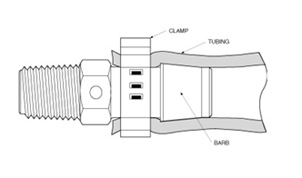Cookies del sito web Omega
Utilizziamo i cookies nel nostro sito web. Questi cookies sono necessari per consentire al sito web di funzionare correttamente. Se si continua senza modificare la propria configurazione del browser, si acconsente a ricevere i cookies dal nostro sito web. Per maggiori chiarimenti sull'utilizzo dei cookies, cliccare qui
Utilizziamo i cookies nel nostro sito web. Questi cookies sono necessari per consentire al sito web di funzionare correttamente. Se si continua senza modificare la propria configurazione del browser, si acconsente a ricevere i cookies dal nostro sito web. Per maggiori chiarimenti sull'utilizzo dei cookies, cliccare qui
 Vicino
Vicino

